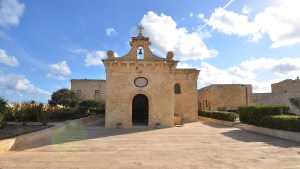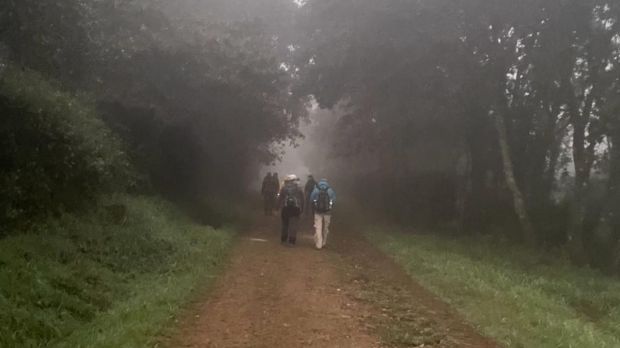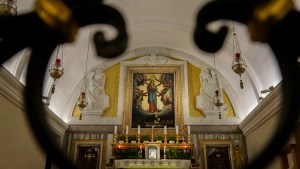For centuries, pilgrims have walked the Camino de Santiago – the ancient pilgrimage route leading to Santiago de Compostela, in northern Spain. In 2023, the Camino received more recorded pilgrims than ever before: the northwestern Spanish pilgrimage route, believed to lead to the resting place of St. James, shattered its previous record of 438,300 annual visitors. According to EuroNews, 446,035 pilgrims arrived in Santiago de Compostela last year, with the largest contingent coming from the U.S., followed by Italy and Germany
The pull of Santiago de Compostela stretches back over a millennium, rooted as it is in the legend of St. James. His purported remains, discovered in the 9th century, became a powerful magnet for pilgrims. While earlier centuries witnessed waves of devotion, the 12th and 13th centuries marked the first golden age of Compostelan pilgrimages.
The origins of the veneration of Santiago the Apostle (Santiago being a contraction of “Sanctus Iacobus,” St. James in Latin) in the north of the Iberian Peninsula go back to the early 9th century. In the year 813, the legend began to run in Galicia that the apostle, having evangelized Spain, had been buried in those same lands, after having been condemned to death and beheaded in Jerusalem during the reign of Herod Agrippa I, near the year 44, as recorded in the book of the Acts of the Apostles.
A hermit named Pelayo said that he had seen a shower of stars — or some brightness in the sky or at ground level, according to other versions — in the forest of Libredón, giving Compostela its name: “campus stellae,” “the field of stars,” in Latin. Some other traditions, somewhat more skeptical, point out that the name of Compostela rather comes from the Latin “compositum,” “cemetery,” as the place was already an old Roman graveyard.
Though the advent of modern travel threatened to eclipse the ancient paths, the past three decades have seen a remarkable resurgence. The Camino now draws not only devoted pilgrims, but also adventurers, soul-searchers, and even those seeking a break from the digital din. Papal visits and international events like World Youth Day (back in 1989) further fueled the flames of interest.
The record-breaking numbers of 2023 speak volumes about the enduring power of the Camino. It’s a testament to the human spirit’s yearning for spiritual depth and religious renewal.




